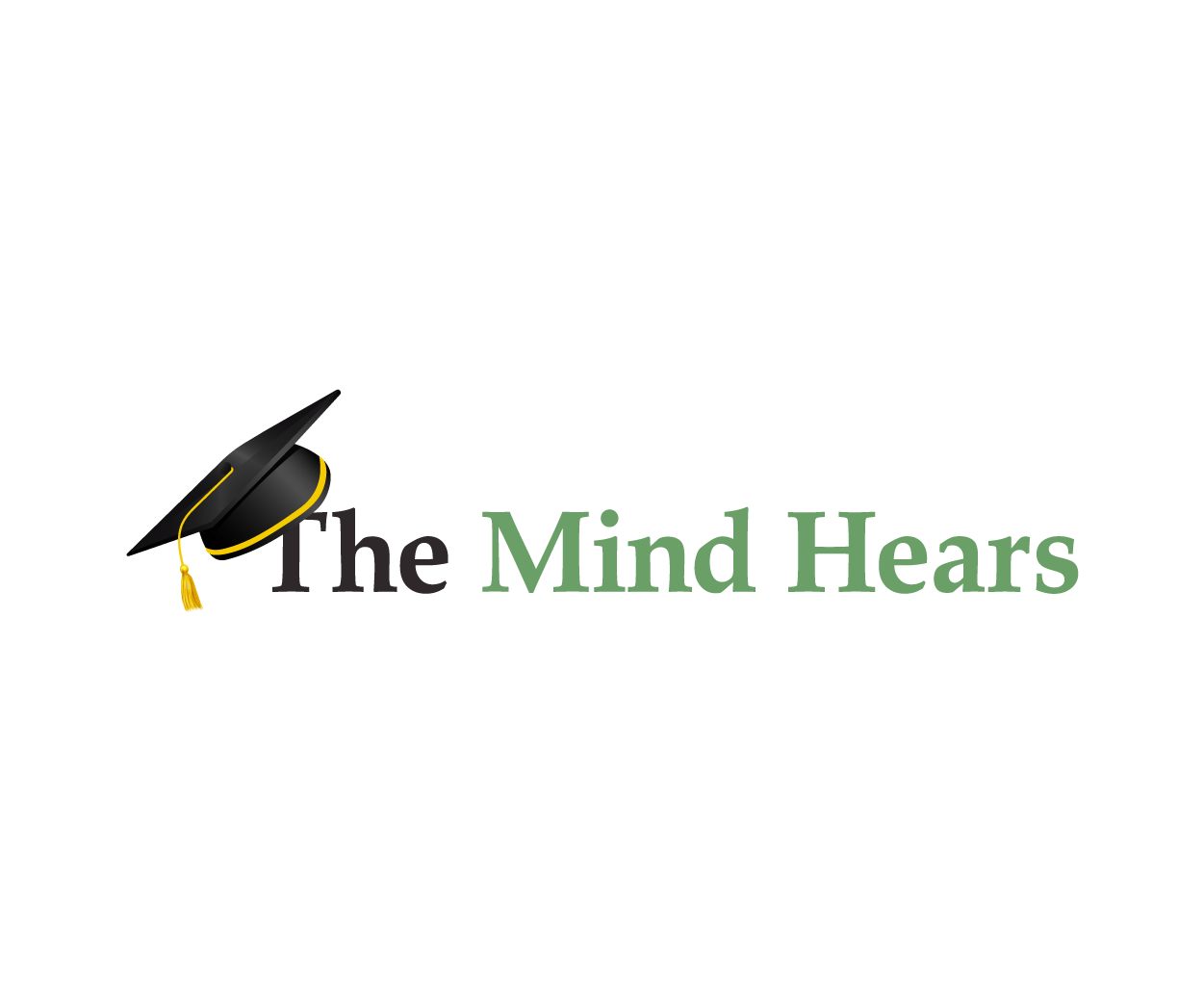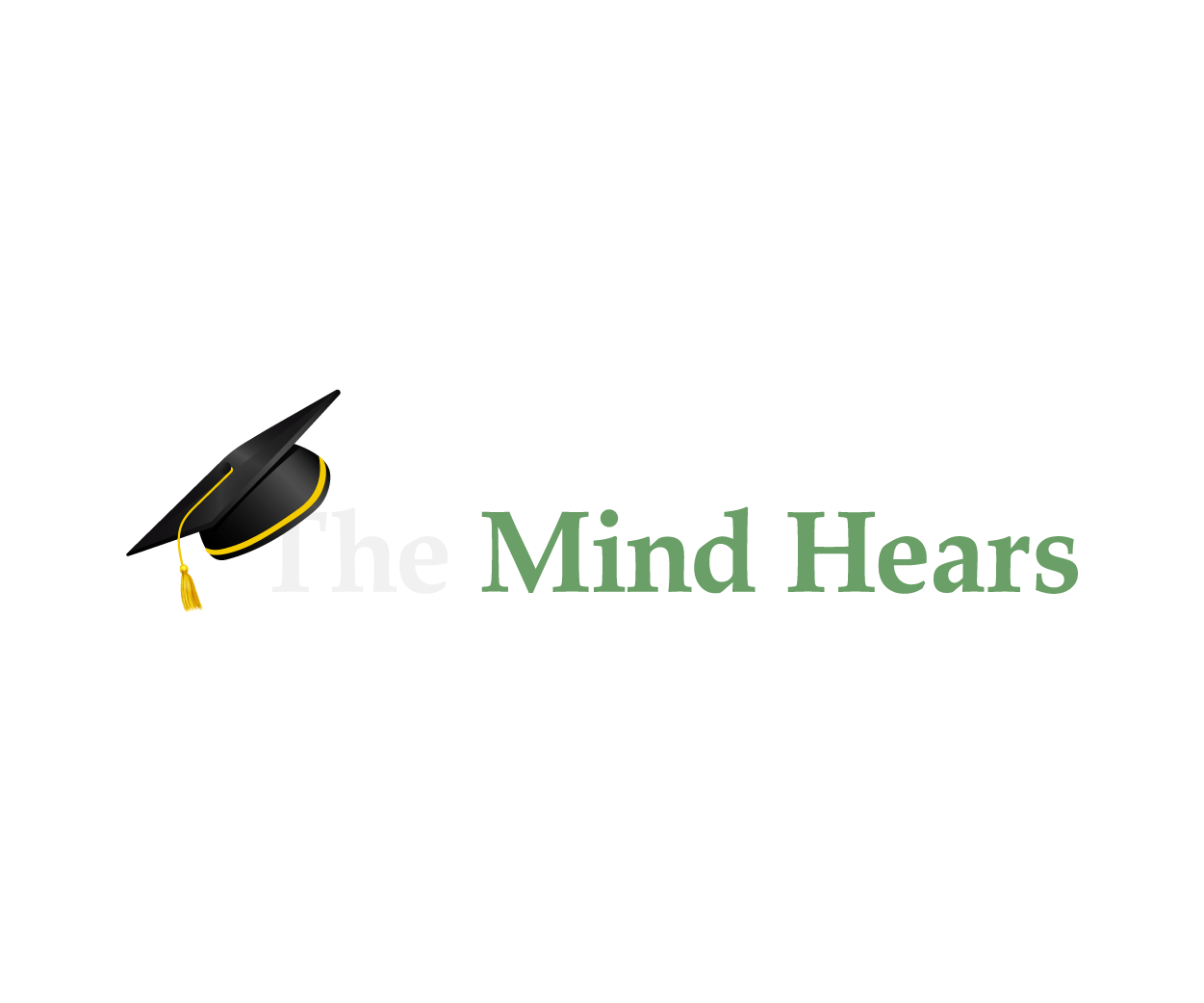deaf/hoh academics
teaching
Sudden Remote Teaching – Deaf/HoH
As we know, the reality of "just switching to video chat classes" is NOT easy even for a hearing person teaching hearing people...
ByRyan SeslowApril 22, 2020
Uncategorized
New Year’s resolution 2020: Make Your Workplace Accessible
our hearing colleagues can help us tremendously by sharing the work and not expecting us to bear all of the burden of creating...
ByThe Mind HearsJanuary 2, 2020
careersdeaf/HoH experiences
I owe my career to the invention of email
Academics even a few years my senior had to rely on telephones for networking.
ByMichele CookeDecember 5, 2019










